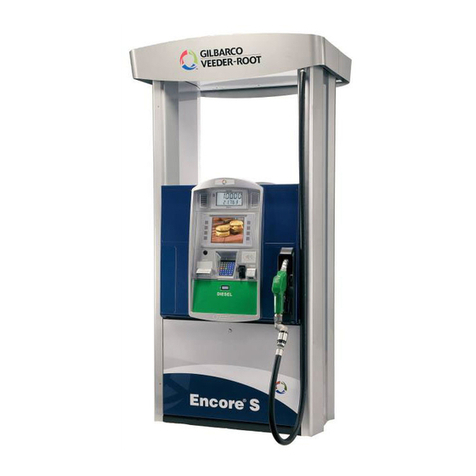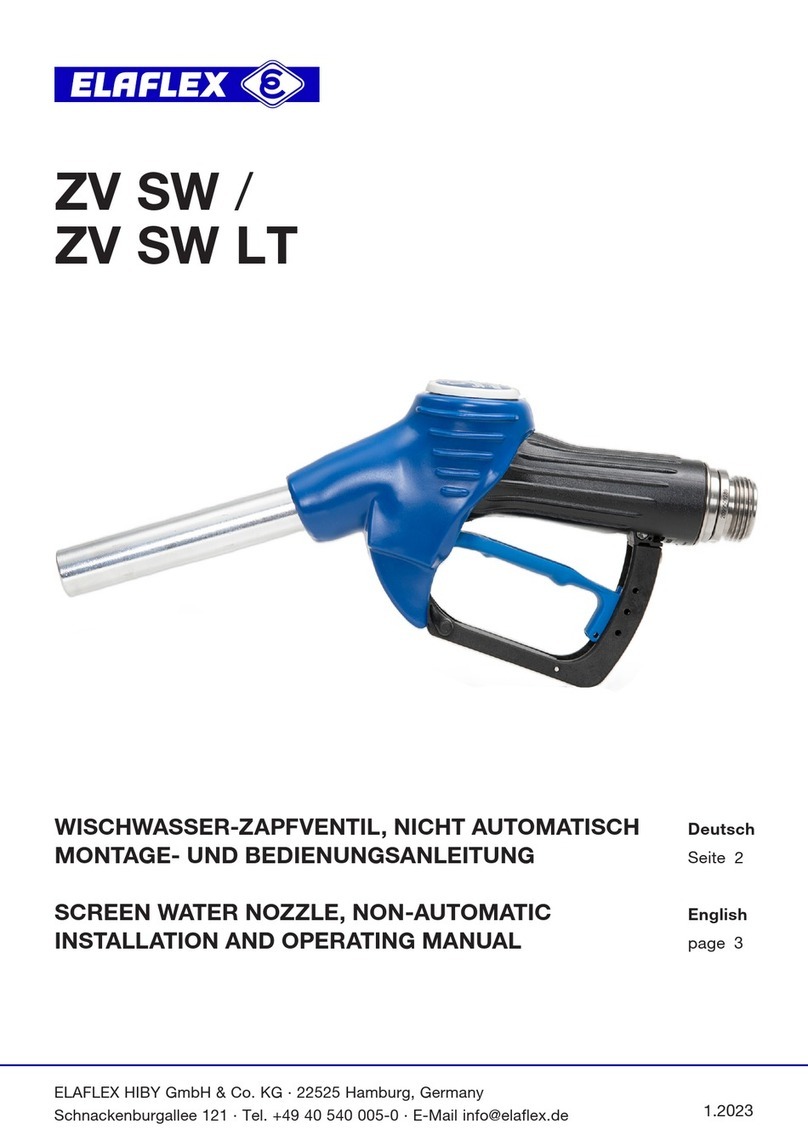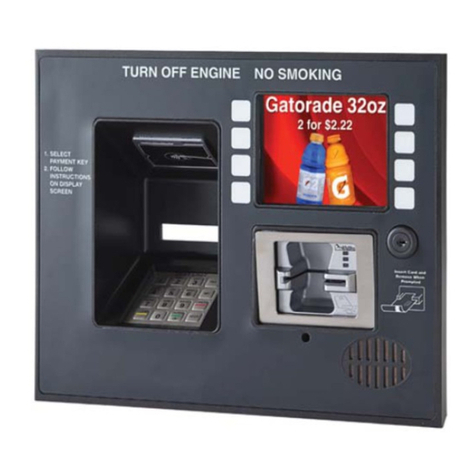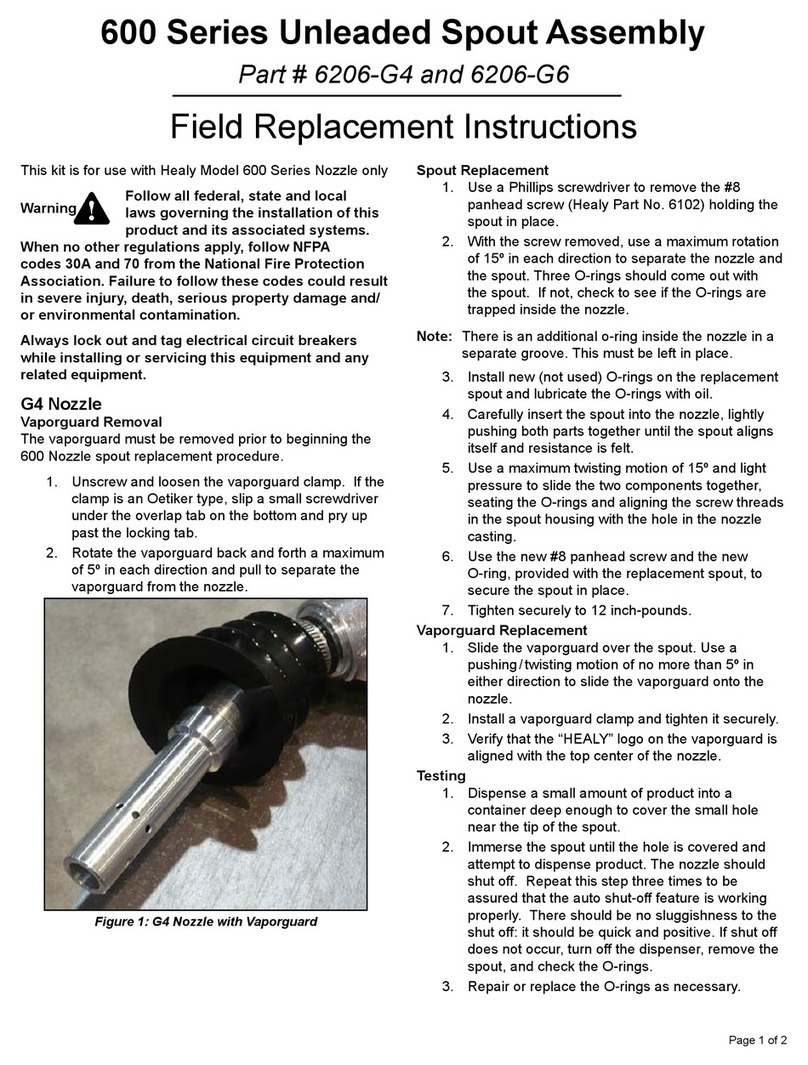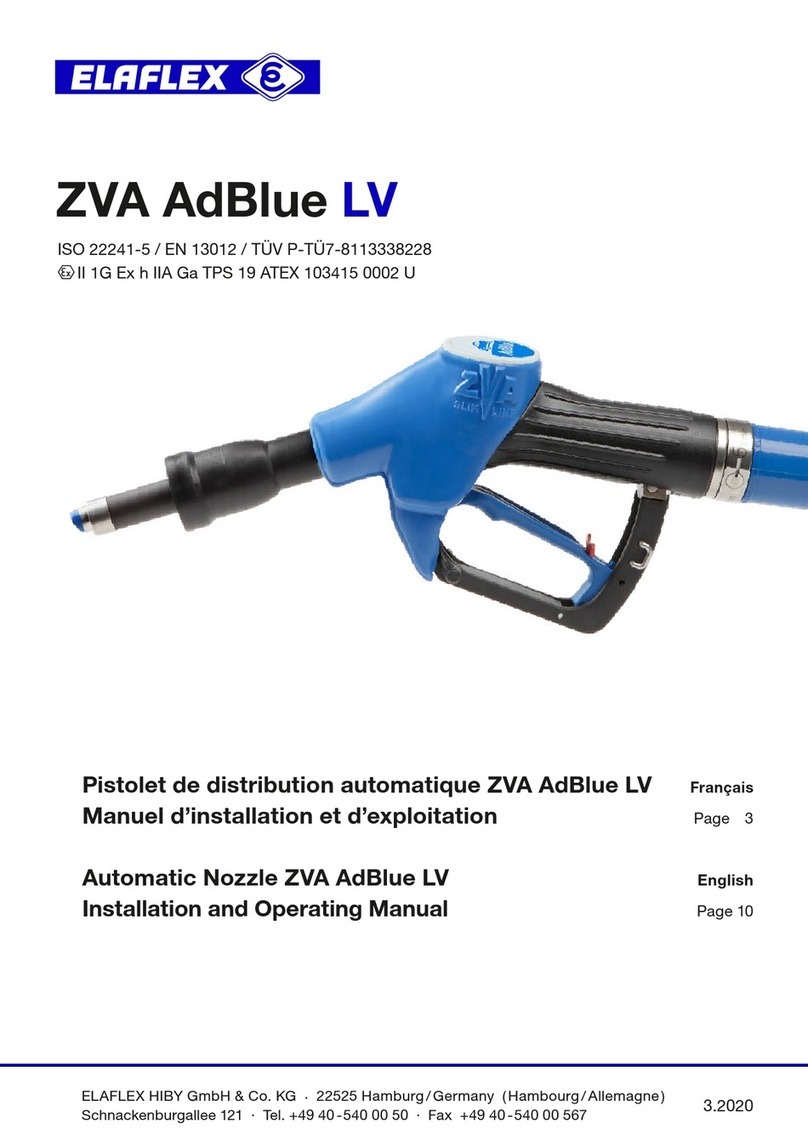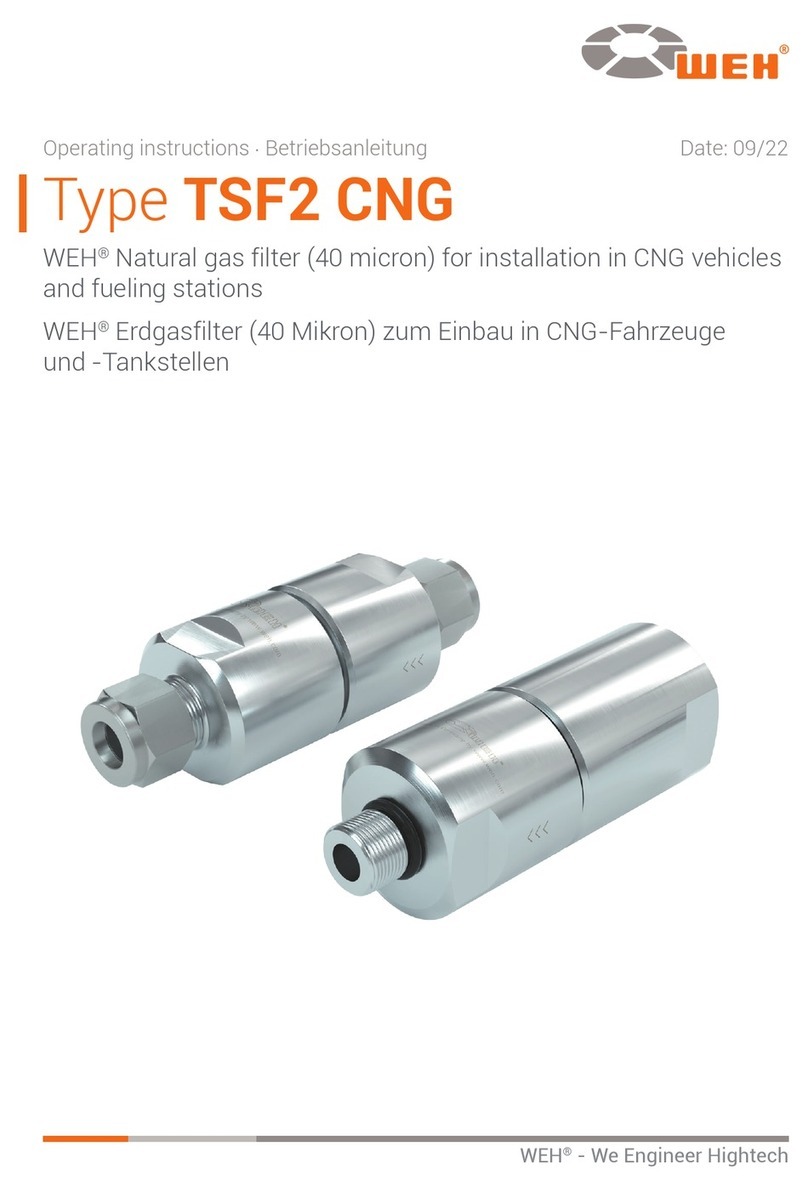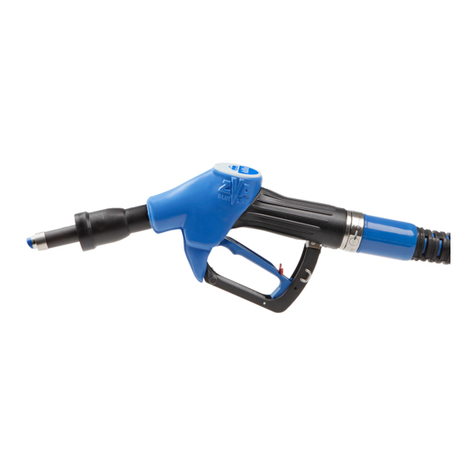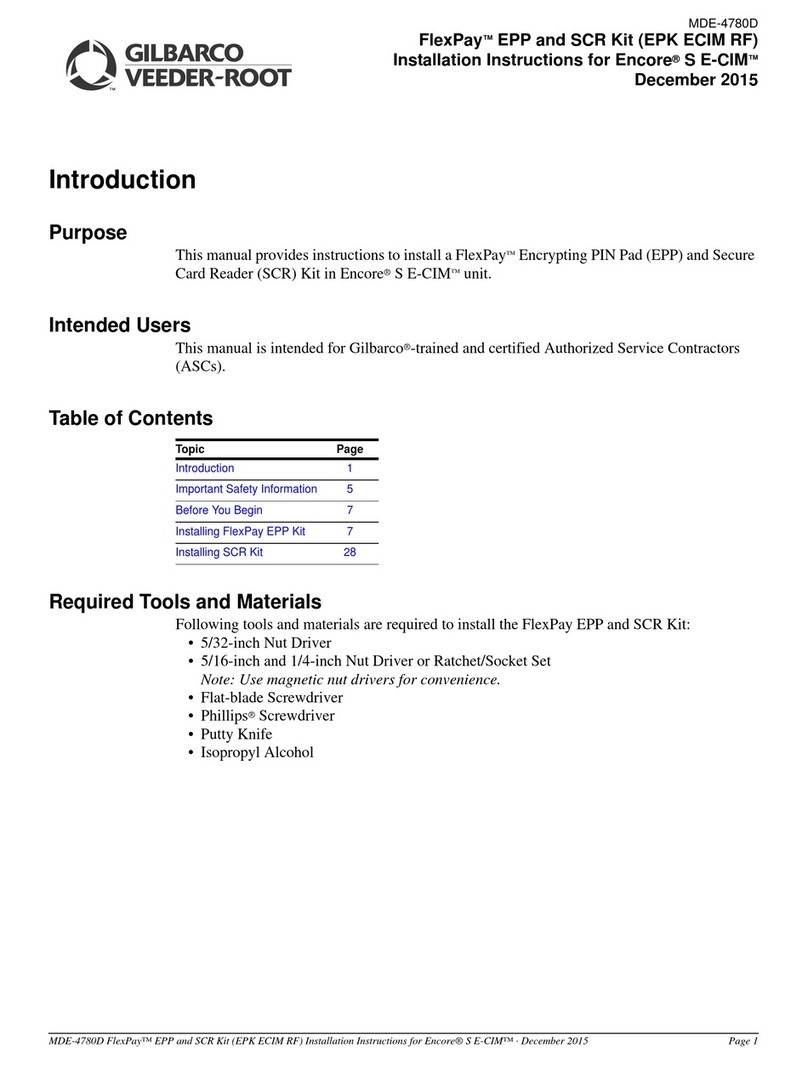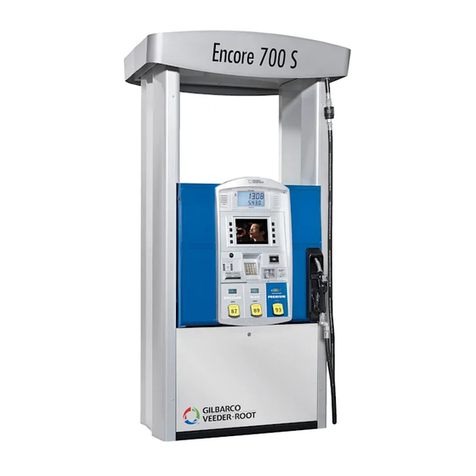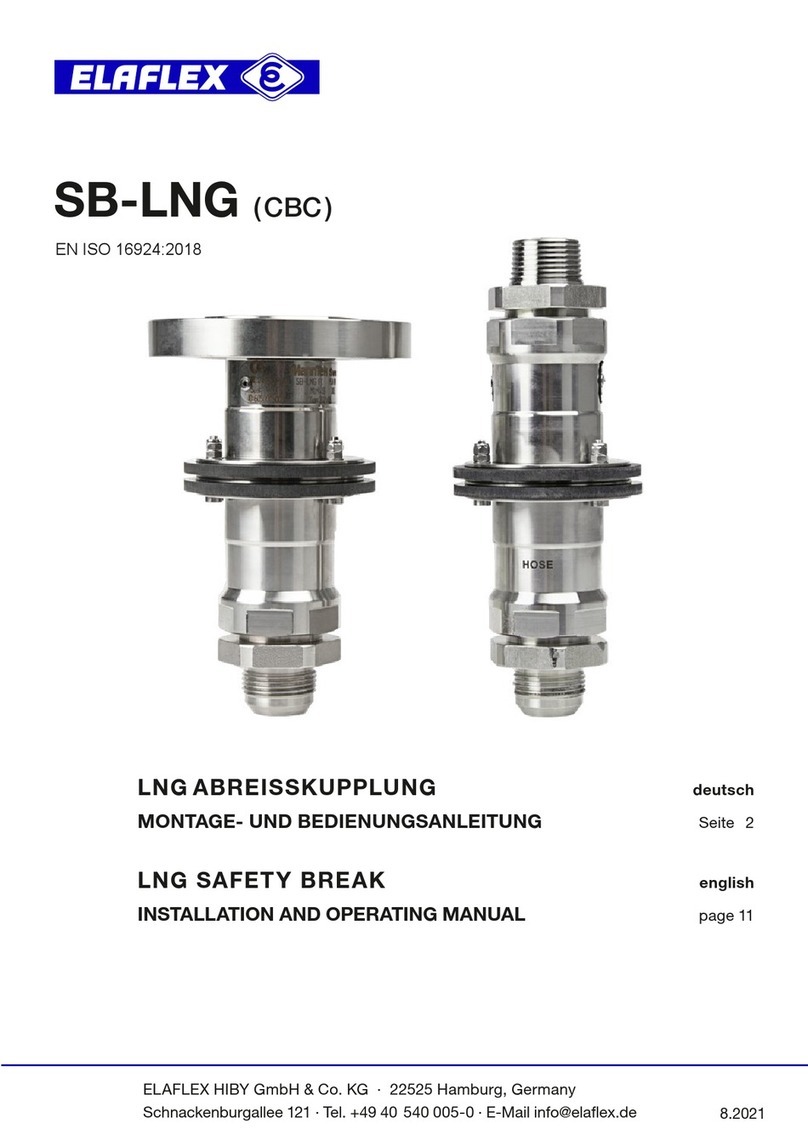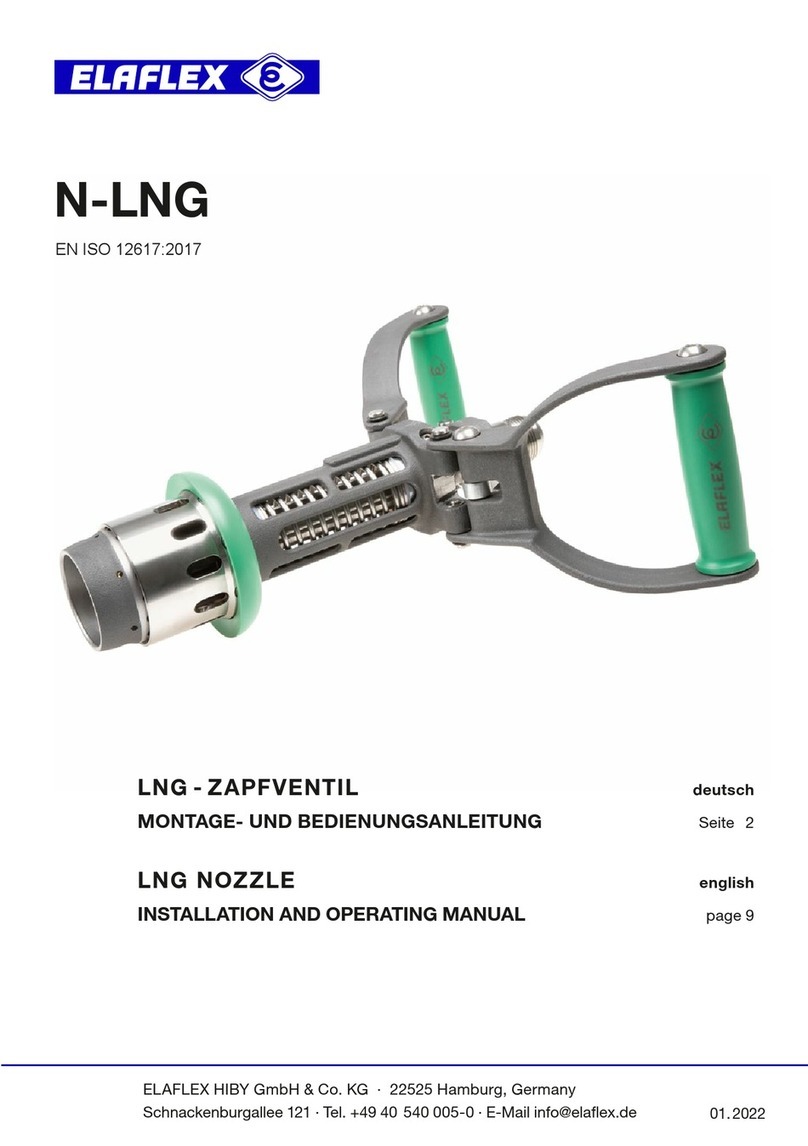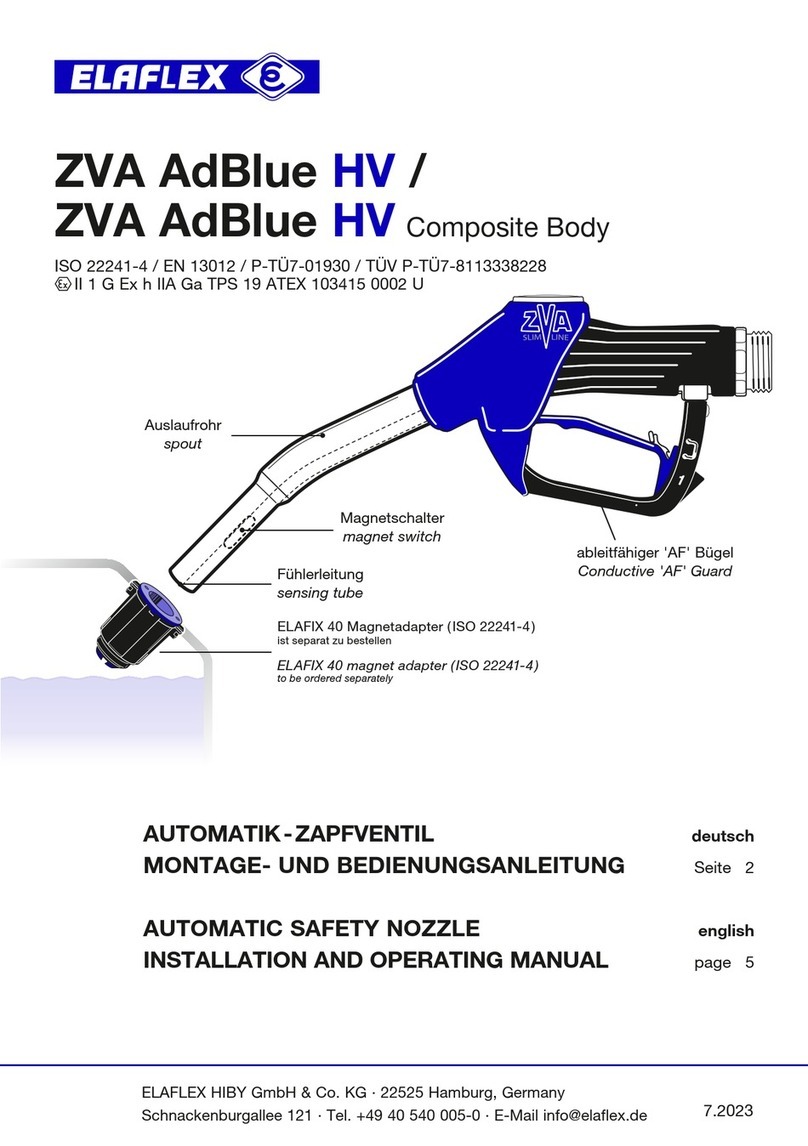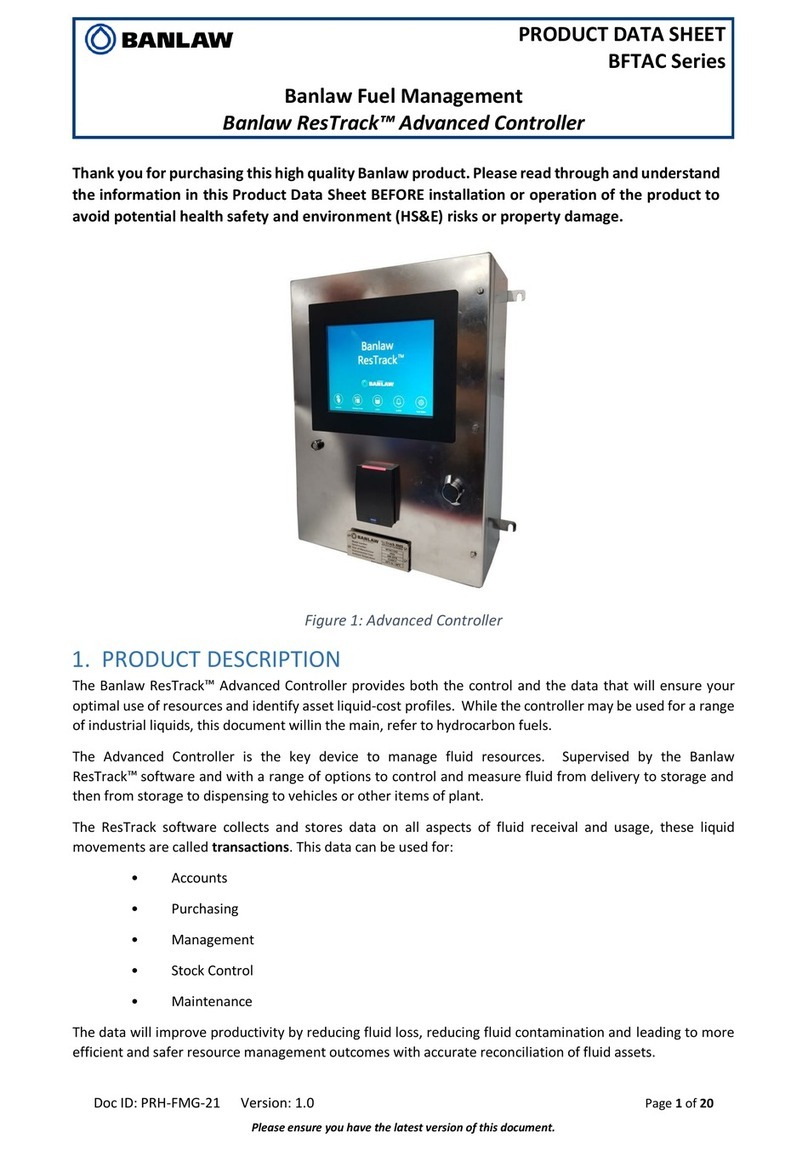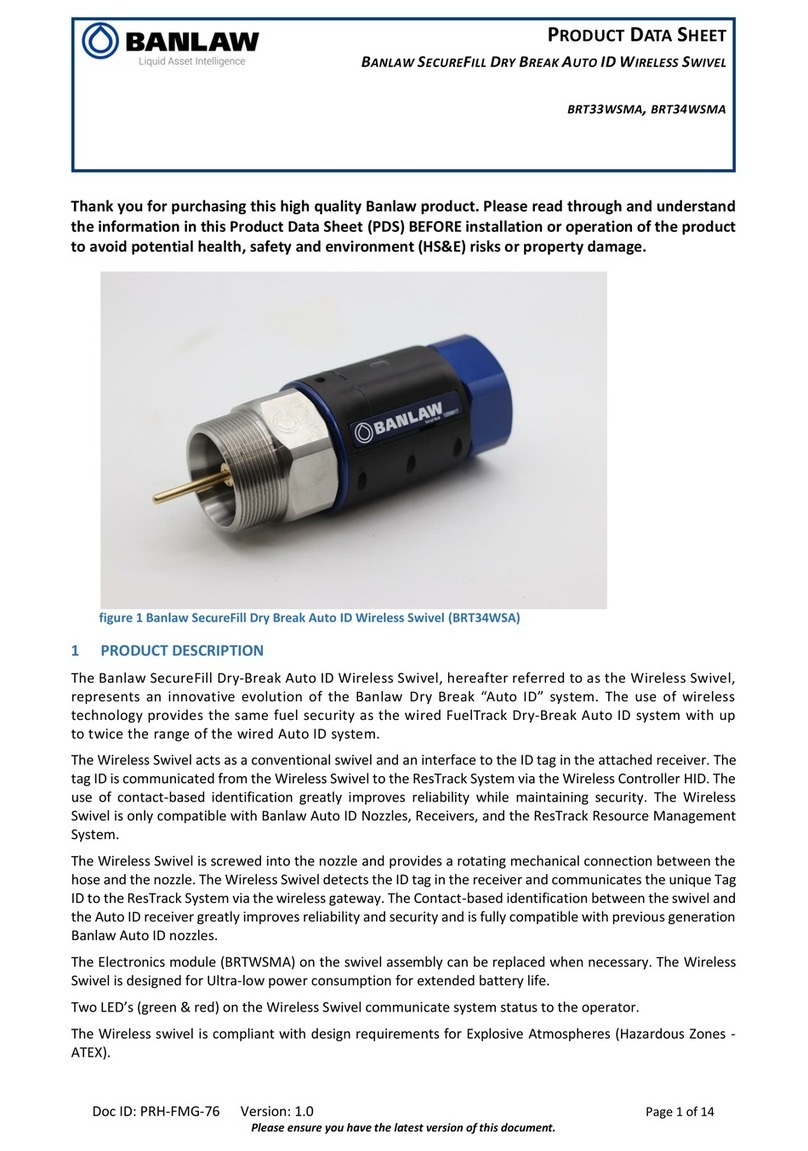Contents
1PRODUCT DESCRIPTION..............................................................................................................................................................................1
1.1 Glossary of Terms ....................................................................................................................................................................................3
1.2 System Overview .....................................................................................................................................................................................4
1.3 Key Features.............................................................................................................................................................................................5
1.4 Part Numbering........................................................................................................................................................................................ 6
1.5 Available Nozzle Models.......................................................................................................................................................................... 7
1.6 Nozzle Spring Settings.............................................................................................................................................................................. 8
1.7 FuelTrack Nozzle Variants...................................................................................................................................................................... 10
1.8 Nozzle and Receiver Compatibility ........................................................................................................................................................ 11
2IMPORTANT RESTRICTIONS ON THE USE OF THIS PRODUCT...................................................................................................................12
3PRODUCT SPECIFICATIONS .......................................................................................................................................................................13
3.1 Nozzle Flow Performance...................................................................................................................................................................... 14
4INSTALLATION & COMMISSIONING GUIDELINES .....................................................................................................................................15
4.1 Pre-Installation Guidelines..................................................................................................................................................................... 15
4.1.1 Nozzle –Ergonomics....................................................................................................................................................................16
4.1.2 Nozzle –Storage..........................................................................................................................................................................18
4.2 Installation Guidelines ........................................................................................................................................................................... 19
4.2.1 Banlaw FuelTrack Nozzles ...........................................................................................................................................................20
4.3 Commissioning Guidelines..................................................................................................................................................................... 21
5PRINCIPLES OF OPERATION ......................................................................................................................................................................21
6MAINTENANCE & SPARE PARTS................................................................................................................................................................26
6.1 Preventative Maintenance .................................................................................................................................................................... 26
6.2 Banlaw Onsite Maintenance..................................................................................................................................................................28
7TROUBLESHOOTING..................................................................................................................................................................................29
8PRODUCT RECYCLING & DISPOSAL...........................................................................................................................................................31
9PRODUCT WARRANTY...............................................................................................................................................................................31

